Sabuzima Nayak
A Review on Edge Analytics: Issues, Challenges, Opportunities, Promises, Future Directions, and Applications
Jul 01, 2021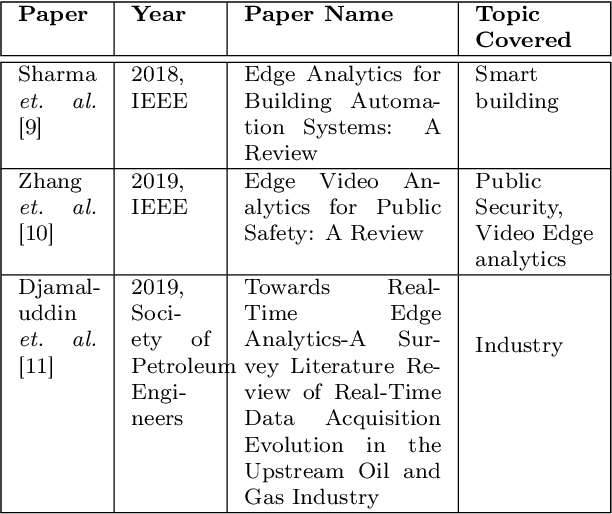
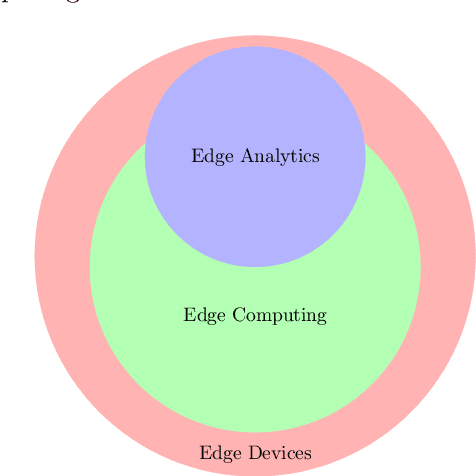
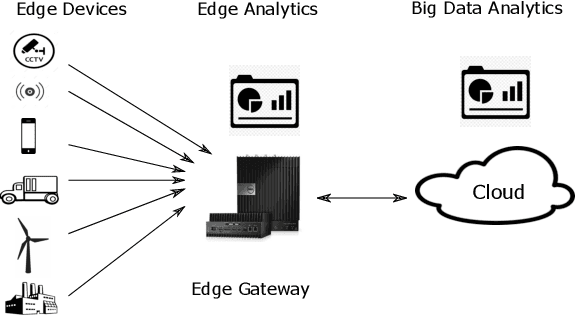
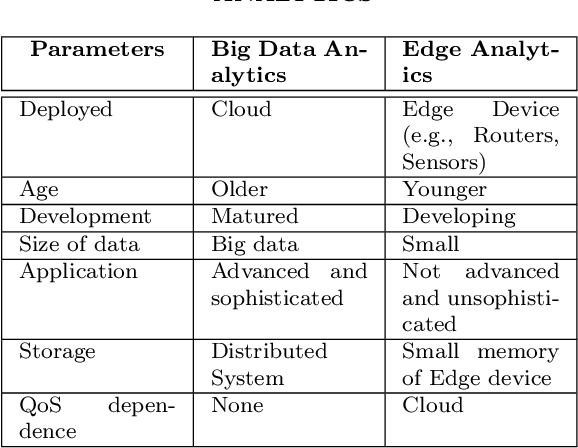
Abstract:Edge technology aims to bring Cloud resources (specifically, the compute, storage, and network) to the closed proximity of the Edge devices, i.e., smart devices where the data are produced and consumed. Embedding computing and application in Edge devices lead to emerging of two new concepts in Edge technology, namely, Edge computing and Edge analytics. Edge analytics uses some techniques or algorithms to analyze the data generated by the Edge devices. With the emerging of Edge analytics, the Edge devices have become a complete set. Currently, Edge analytics is unable to provide full support for the execution of the analytic techniques. The Edge devices cannot execute advanced and sophisticated analytic algorithms following various constraints such as limited power supply, small memory size, limited resources, etc. This article aims to provide a detailed discussion on Edge analytics. A clear explanation to distinguish between the three concepts of Edge technology, namely, Edge devices, Edge computing, and Edge analytics, along with their issues. Furthermore, the article discusses the implementation of Edge analytics to solve many problems in various areas such as retail, agriculture, industry, and healthcare. In addition, the research papers of the state-of-the-art edge analytics are rigorously reviewed in this article to explore the existing issues, emerging challenges, research opportunities and their directions, and applications.
deepBF: Malicious URL detection using Learned Bloom Filter and Evolutionary Deep Learning
Mar 18, 2021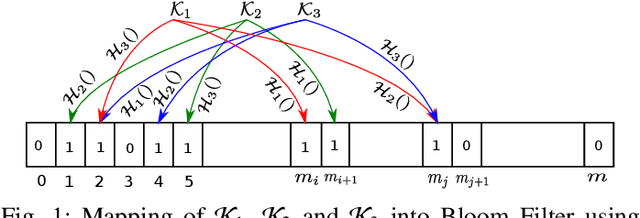
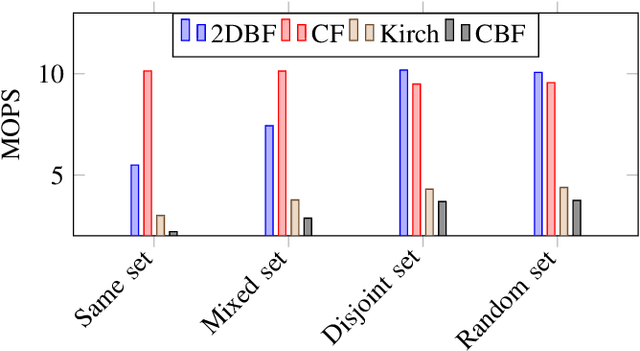
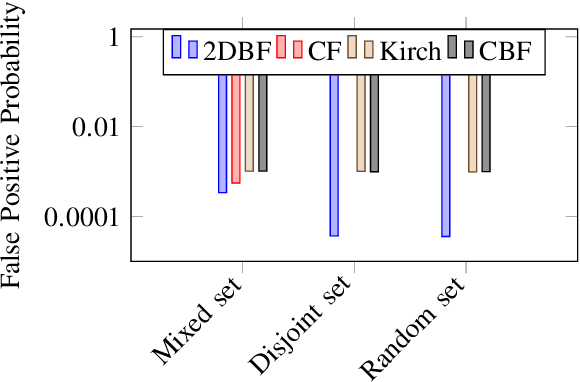
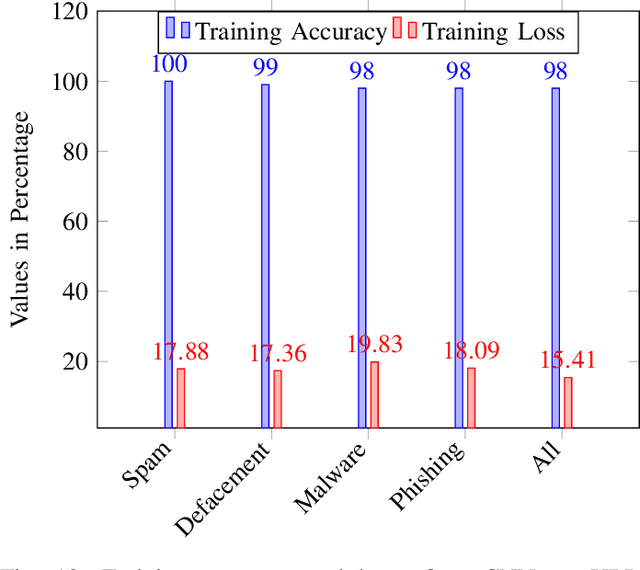
Abstract:Malicious URL detection is an emerging research area due to continuous modernization of various systems, for instance, Edge Computing. In this article, we present a novel malicious URL detection technique, called deepBF (deep learning and Bloom Filter). deepBF is presented in two-fold. Firstly, we propose a learned Bloom Filter using 2-dimensional Bloom Filter. We experimentally decide the best non-cryptography string hash function. Then, we derive a modified non-cryptography string hash function from the selected hash function for deepBF by introducing biases in the hashing method and compared among the string hash functions. The modified string hash function is compared to other variants of diverse non-cryptography string hash functions. It is also compared with various filters, particularly, counting Bloom Filter, Kirsch \textit{et al.}, and Cuckoo Filter using various use cases. The use cases unearth weakness and strength of the filters. Secondly, we propose a malicious URL detection mechanism using deepBF. We apply the evolutionary convolutional neural network to identify the malicious URLs. The evolutionary convolutional neural network is trained and tested with malicious URL datasets. The output is tested in deepBF for accuracy. We have achieved many conclusions from our experimental evaluation and results and are able to reach various conclusive decisions which are presented in the article.
Machine Learning: A Dark Side of Cancer Computing
Mar 17, 2019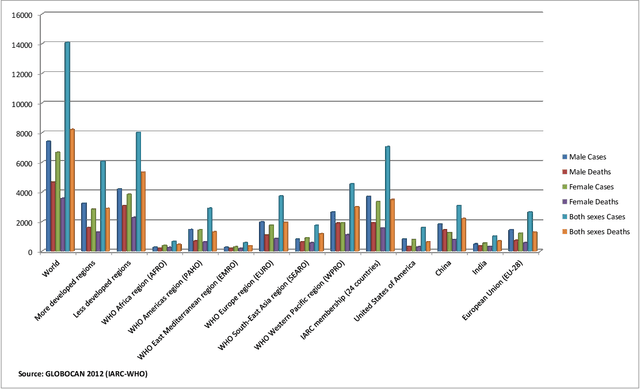

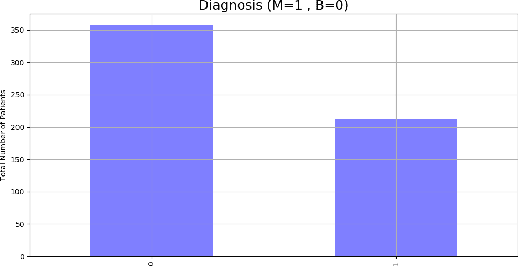
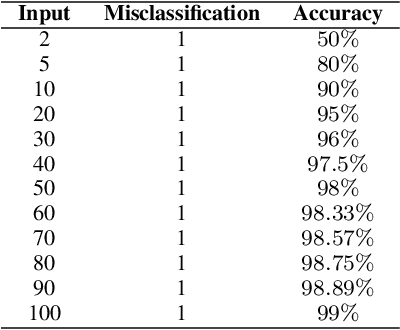
Abstract:Cancer analysis and prediction is the utmost important research field for well-being of humankind. The Cancer data are analyzed and predicted using machine learning algorithms. Most of the researcher claims the accuracy of the predicted results within 99%. However, we show that machine learning algorithms can easily predict with an accuracy of 100% on Wisconsin Diagnostic Breast Cancer dataset. We show that the method of gaining accuracy is an unethical approach that we can easily mislead the algorithms. In this paper, we exploit the weakness of Machine Learning algorithms. We perform extensive experiments for the correctness of our results to exploit the weakness of machine learning algorithms. The methods are rigorously evaluated to validate our claim. In addition, this paper focuses on correctness of accuracy. This paper report three key outcomes of the experiments, namely, correctness of accuracies, significance of minimum accuracy, and correctness of machine learning algorithms.
* 7 Pages, 21 Figures, 2 Tables, Proceedings of the 2018 International Conference on Bioinformatics and Computational Biology, pp. 92-98, 2018
 Add to Chrome
Add to Chrome Add to Firefox
Add to Firefox Add to Edge
Add to Edge